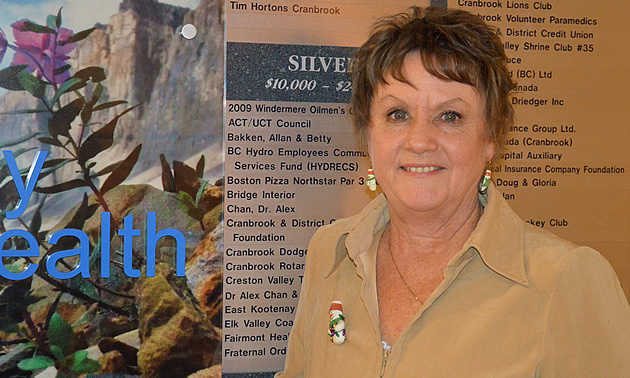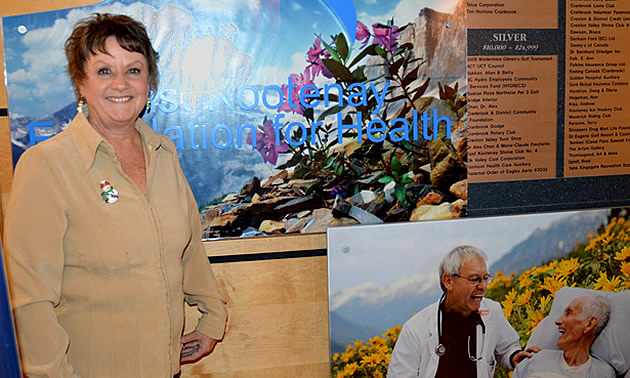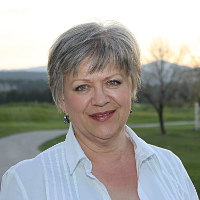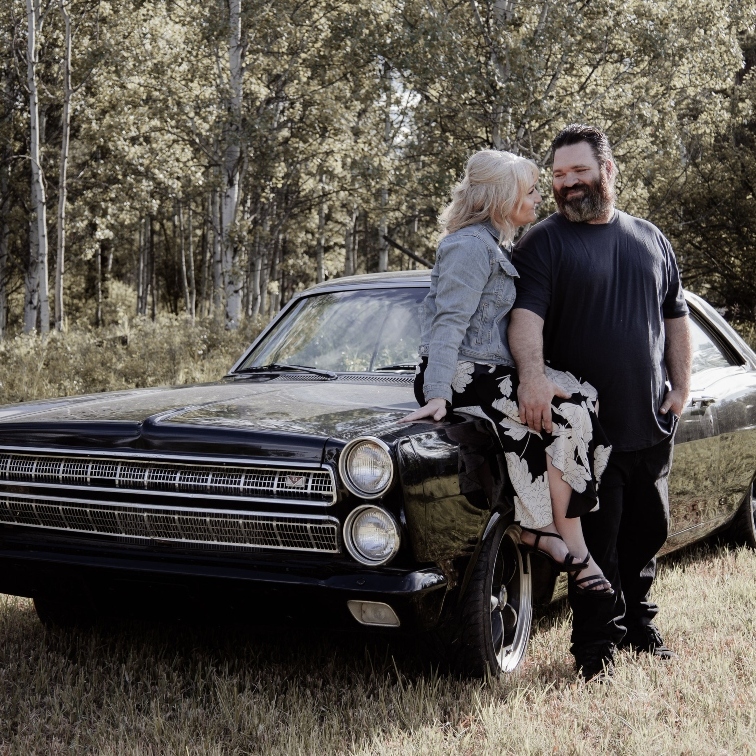The serious business of charity
Government budgets for health care are shrinking, and health-care philanthropy is trying to make up the deficit
Years ago, the East Kootenay Foundation for Health (EKFH) occupied a windowless closet tucked behind the lobby at East Kootenay Regional Hospital in Cranbrook, B.C. Today the foundation’s somewhat larger office is glass-fronted and much more visible in the hospital foyer.
EKFH executive director, Donna Grainger, came to her position in 2005. During her previous 23 years with BC Hydro, Grainger developed skills in communication, customer service and marketing—all essential in her present position.
A pressing need
In the field of health-care philanthropy, the topic of decreasing government funding is a recurring theme. Grainger said that fewer government dollars means a more urgent need for private fundraising efforts and support from volunteers and financial donors. Public awareness is crucial if these needs are to be met.
“In health care or any other industry,” Grainger said, “there’s only so much money to go around. Doctors and nurses may come here for the wonderful lifestyle, but in order to retain them we have to have up-to-date equipment and a functioning facility that allows them to do their jobs.”
On the upside
The tightening of government purse strings has meant an increase in collaboration among the agencies providing support to health care, and Grainger said that EKFH is being included more, now, in the process of capital and minor equipment planning with Interior Health. With about $5 million in priorities every year and only $1 million covered by government funding, finding the best use for health-care dollars is a challenge.
Grainger explained that EKFH is not competing with other agencies for donations—it’s trying to find the best way to maximize the power of those dollars through partnering and supportive relationships.
“Unlike traditional businesses where new ideas are kept secret because there’s competition,” said Grainger, “in health-care philanthropy we share our ideas and successful strategies. Our industry is about relationship building—understanding the people and agencies that will work with us as donors, and finding out how we can link together for the betterment of health care.”
Grainger said that the field of philanthropy is opening up as a career choice, since financial trends mean the big players in philanthropy will be looking for professionals who are educated and certified in fundraising.
For the future
“The biggest challenge we will face as a foundation,” said Grainger, “is tied to the challenges faced by the Interior Health Authority on which projects get priority and approvals.”
She commented that keeping up with communication technology is another challenge.
“The speed at which information can be shared and accessed keeps us on our toes,” she said. “The basis of our donor demographics is the baby boom generation and older, and about 20 per cent of that group does emails and online donations. We’re also trying to attract new opportunities, and it’s a scramble to keep up with technology. I’m happy that our board of directors is quite young—the average age is 34—and they’re very social media-savvy.”
Grainger believes it’s important to have a succession plan in place for the board of directors, to encourage those who have a passion for improvement in health care to step forward to become part of the leadership of the organization. She would like to see the entire Kootenay region represented on the board of EKFH.
“Leadership inspires others to action,” Grainger said. “Leaders inspire people to generosity.”
A personal view
Grainger sees a lot of that generosity, in time and energy expended by volunteers and in financial donations from individuals, businesses and groups in the community.
“I love people and I want to make a difference,” Grainger said. “Every donation and every bit of effort from our volunteers helps that to happen.”
For more information about health-care philanthropy, go to Canada Revenue Agency, Imagine Canada, EKFH and Philanthropic Foundations of Canada.








Comments